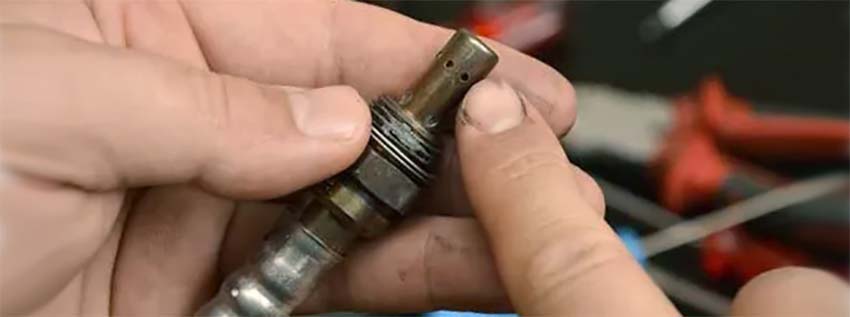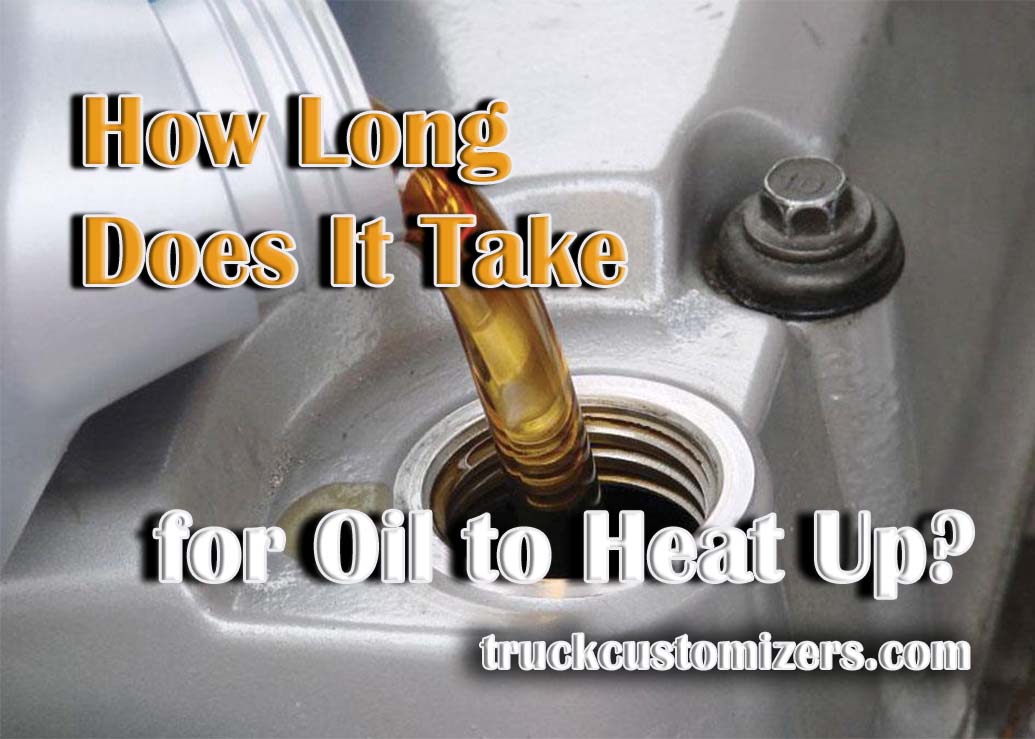In the complex ecosystem of a vehicle’s operations, the fuel system plays a pivotal role. This system is tasked with the important responsibility of storing and supplying the right amount of fuel to the engine, ensuring an optimal mix of air and fuel to initiate the combustion process. A fuel system that is well-maintained and functioning properly contributes significantly to the smooth running of the vehicle, enhancing its performance, efficiency, and longevity. One of the crucial elements involved in maintaining a well-functioning fuel system is ensuring the right balance of air and fuel mixture, an aspect controlled by the vehicle’s fuel trim.
Negative Fuel Trim Explained
Fuel trim is a critical component in a vehicle’s engine management system. It essentially represents the percentage of change in fuel delivery from the vehicles’ baseline or factory setting. When we talk about negative fuel trim, it implies that the engine control unit (ECU), the brain of your vehicle, is cutting back on the amount of fuel being injected into the engine. This usually happens when the ECU determines that the air-fuel mixture is too rich, indicating there is excess fuel in the mixture compared to air. This condition, while seemingly technical, can have practical implications for vehicle performance.
Common Causes Behind Negative Fuel Trim
Understanding the causes behind negative fuel trim can help in early detection and efficient resolution. Negative fuel trim can be triggered by several factors, the most common being issues related to the fuel system itself. One frequent cause is a dirty or malfunctioning Mass Air Flow (MAF) sensor, which can send incorrect airflow readings to the ECU. Other potential causes include a leaky fuel injector over-supplying fuel, a failing oxygen sensor giving false rich readings, or problems with the fuel pressure. At times, even the quality of fuel and oil used can impact the fuel trim. It’s worth mentioning here the importance of using high-quality products like the Best Oil for High Mileage vehicles, as it can contribute to better engine performance and longevity. It’s essential to identify the root cause to apply the most effective solution.

Identifying Symptoms of Negative Fuel Trim
Recognizing the signs of negative fuel trim is critical to prevent potential damage to your vehicle. Some of the common symptoms include decreased fuel efficiency, rough idling, and difficulty starting the engine. You might also experience loss of power during acceleration or notice an increase in harmful emissions. In some cases, your vehicle’s check engine light may illuminate, signaling an issue with the engine management system. These signs might point to negative fuel trim, but remember, they could also indicate other engine-related issues. Therefore, it’s always wise to have your vehicle checked by a professional mechanic for an accurate diagnosis.
Effective Solutions to Counteract Negative Fuel Trim
Addressing negative fuel trim involves diagnosing the exact cause and rectifying it. For instance, if a dirty MAF sensor is the issue, cleaning or replacing it may resolve the problem. In the case of a leaky fuel injector, professional repair or replacement may be necessary. If a failing oxygen sensor is detected, replacing it should restore normal fuel trim levels. It’s always advisable to seek professional help when dealing with engine management issues, as DIY fixes might not always provide a long-term solution and could potentially lead to more severe problems. Regular maintenance checks can also help prevent negative fuel trim and other engine-related issues from occurring in the first place.
Maintaining Optimal Vehicle Performance
Maintaining optimal vehicle performance is not just about addressing issues as they arise, but also about preventing them. Regular maintenance can go a long way in ensuring the smooth operation of your vehicle. Keeping an eye on your vehicle’s fuel trim levels can also help in early detection of issues, potentially saving you from expensive repairs down the line. As a vehicle owner, understanding concepts like negative fuel trim can empower you to take better care of your vehicle and enjoy a smoother, more efficient driving experience.



